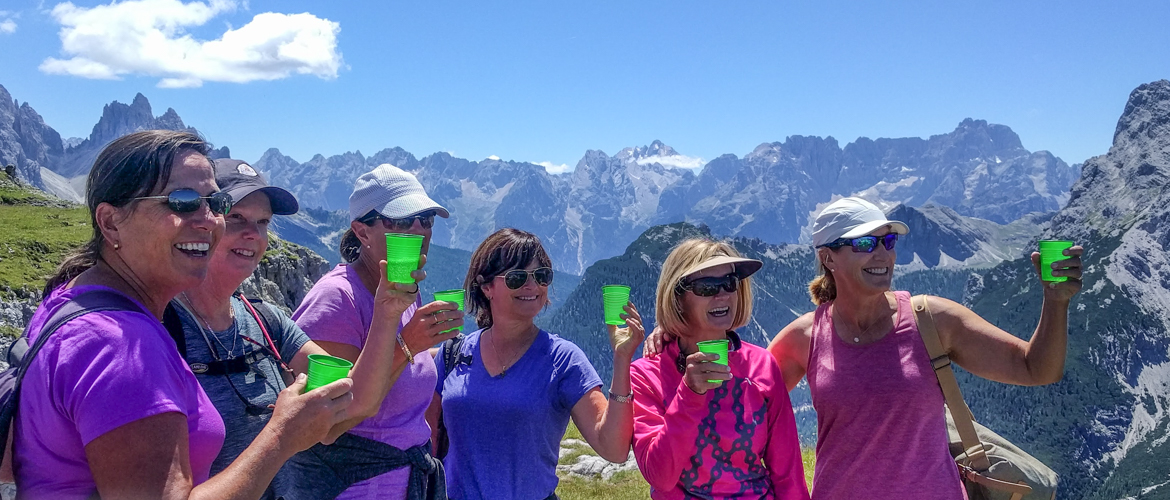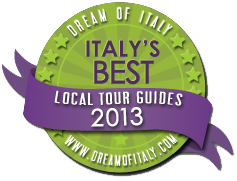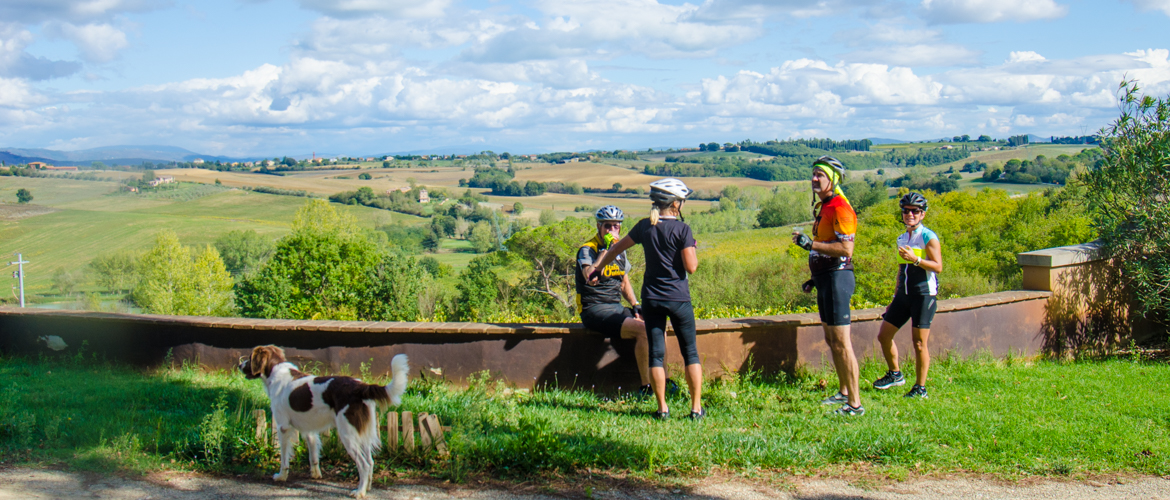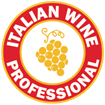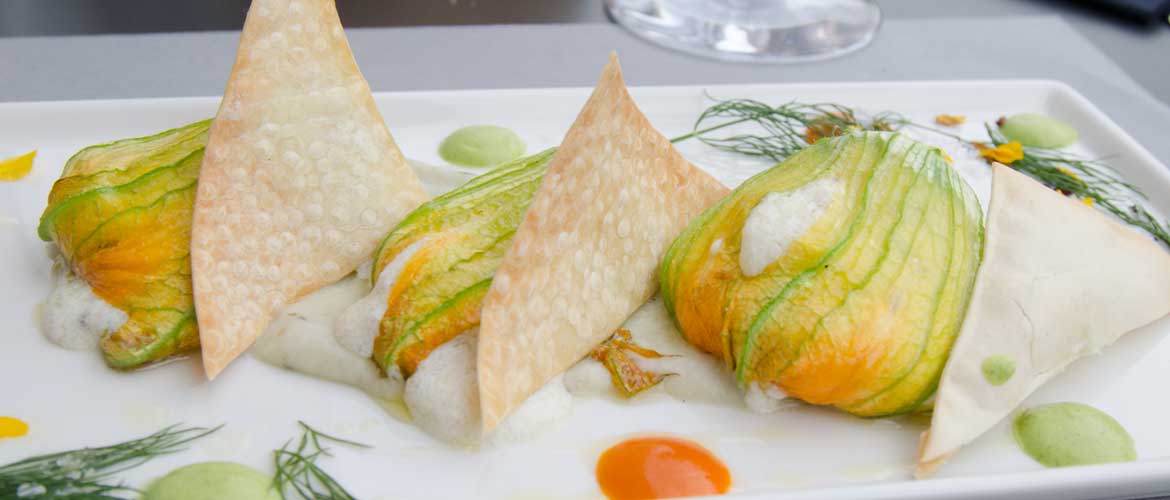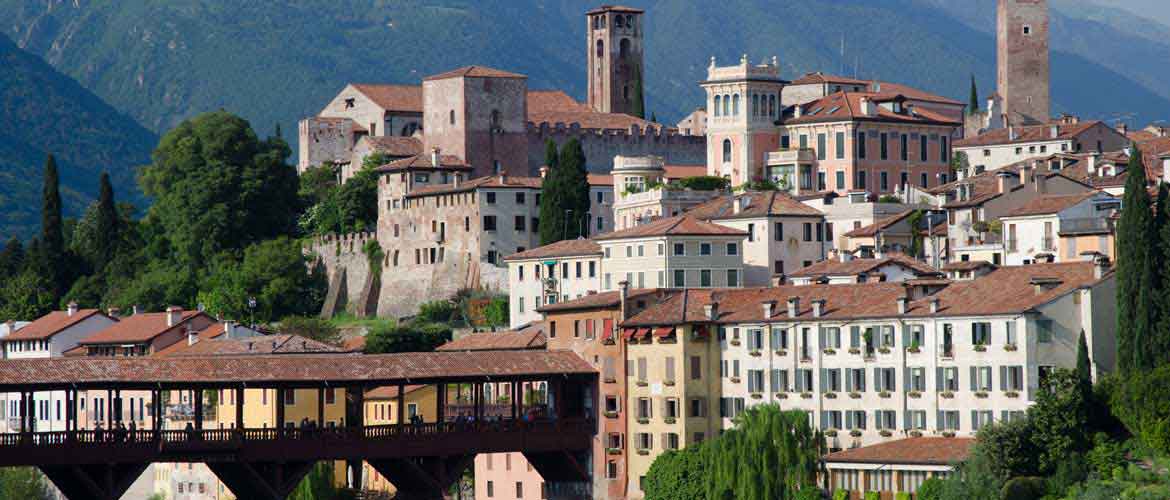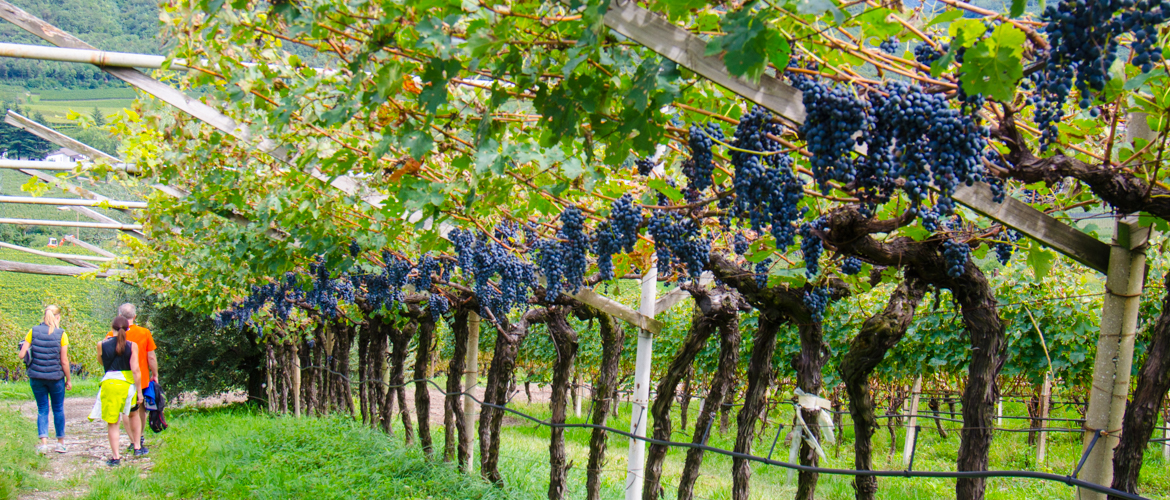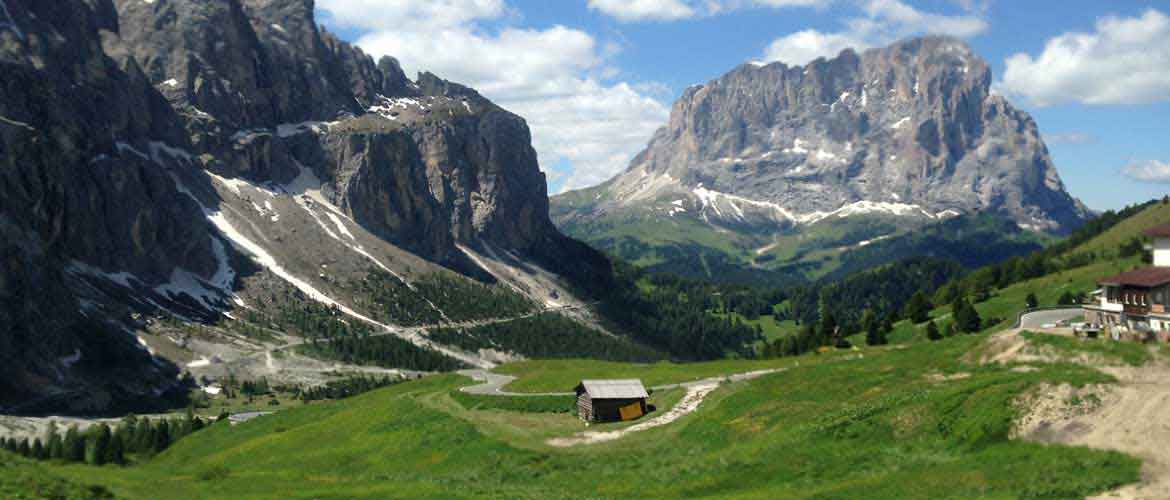The most famous, and most popular, after dinner drink in Northeastern Italy is grappa. It is primarily served as a digestivo, to aid in the digestion of a heavy meal. It can be served by itself, or added to espresso “caffe corretto”, an “ammazzacaffe”, where a few ounces of grappa are served after you finish your espresso, or a “resentin” (little rinser), where you rinse out your espresso cup with a few drops of grappa. However you choose to enjoy it, you will find a vast variety of grappa to taste on your visit.
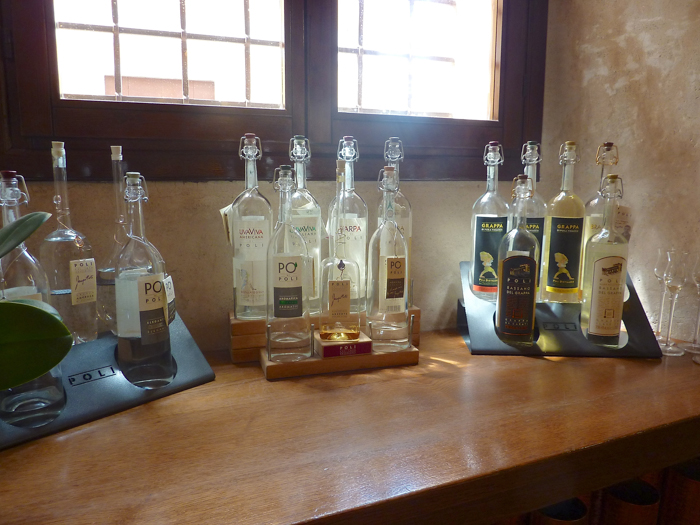
Grappa is similar to other distilled liquors, but is unique in that it is the only spirit made from distilling the skins, pulp, seeds and stems (called vinaccia) leftover from the winemaking process. Legend has it that a Roman solider first distilled grappa in Bassano del Grappa using equipment he stole from Egypt, but this is not the case, as the distillation techniques in use then could not produce grappa. According to Ove Boudin, in his book Grappa: Italy bottled, in ancient times the royalty would drink the wine, and the poor would make their own makeshift wine by adding water to the leftovers - nothing went to waste - calling it vinello. Around 1600, the Jesuits formalized and perfected distillation techniques, making it possible to distill vinaccia, and grappa was born.
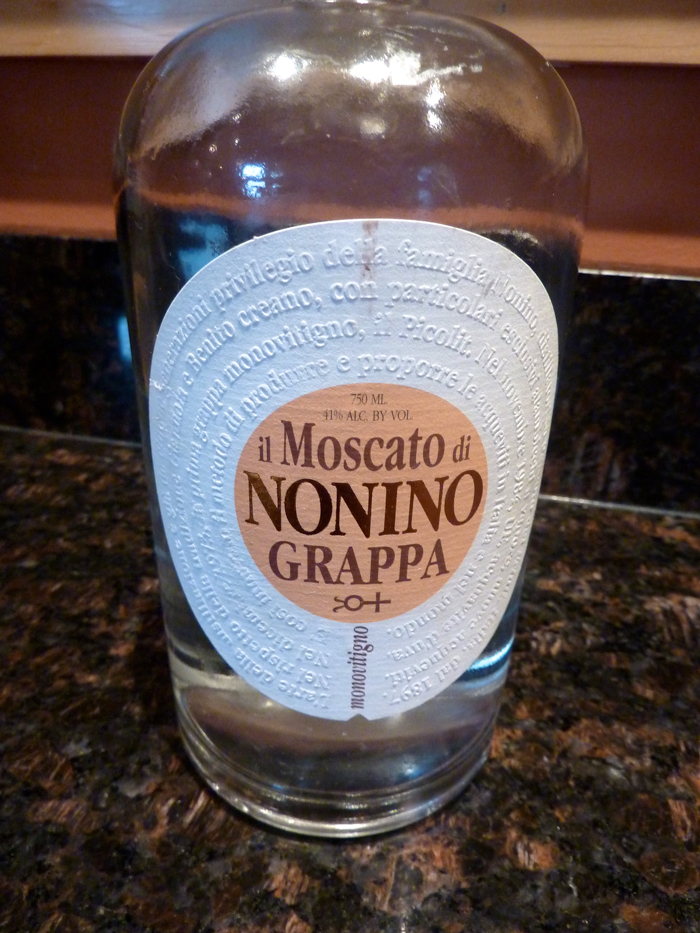
For many years, grappa was distilled with whatever vinaccia the producers would have available. Nowadays, as with most distilled liquors, modern producers have introduced refinements to the production process, greatly improving the final quality, and resulting in many diverse varieties. Today, the use of varietal grapes and aging in casks of various types of woods allows the producers to offer magnificent grappas that reflect the high quality and the unique nature of the original grapes. At the forefront here is Nonino, a Friuli based producer that was the first to introduce a single varietal grappa, made from Picolit, in 1973.
Grappa is now a name protected by the European Union. To be called grappa, the liquor must be produced in Italy, or certain parts of Switzerland or San Marino, be produced from vinaccia (also known as pomace), and fermentation and distillation must occur on the pomace, with no added water.
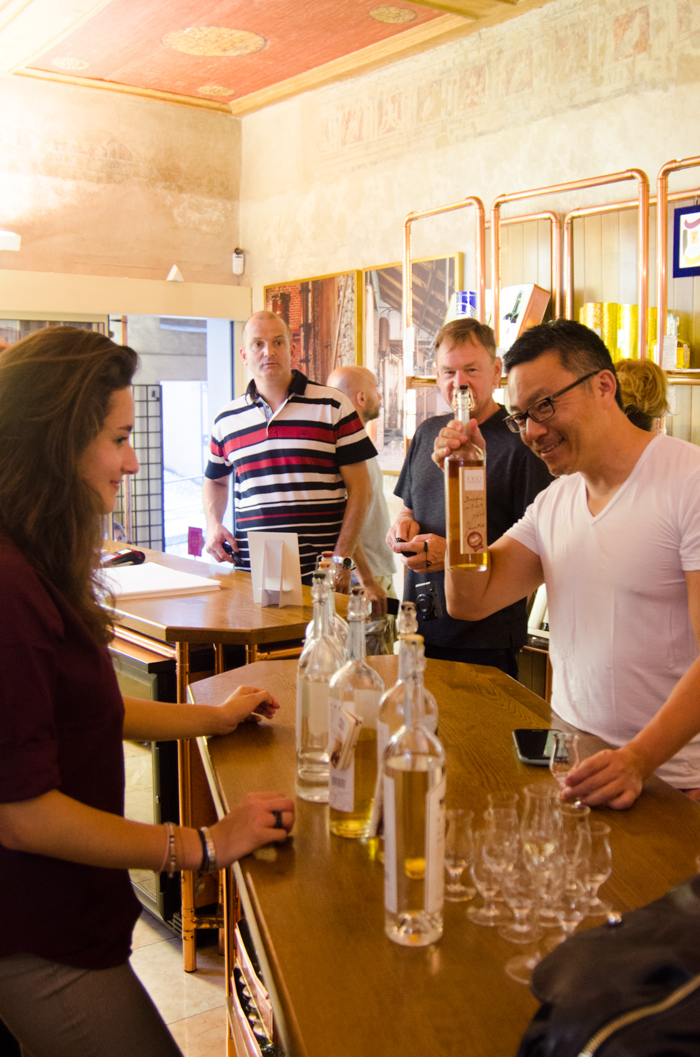
We visit Bassano del Grappa on our tours in Italy, and have the opportunity to visit two very well known producers that are right across the street from each other. Nardini is located at the end of the famous Ponte degli Alpini in Bassano, and is popular with the locales; you will see quite a crowd there, spilling out onto the bridge itself in the late afternoon. Poli is located here as well, and has a very interesting museum that leads you through the production process. Many small antique bottles are on display, and a ‘sniffing’ room, where you can explore the aromas of about 20 or so different grappas.

